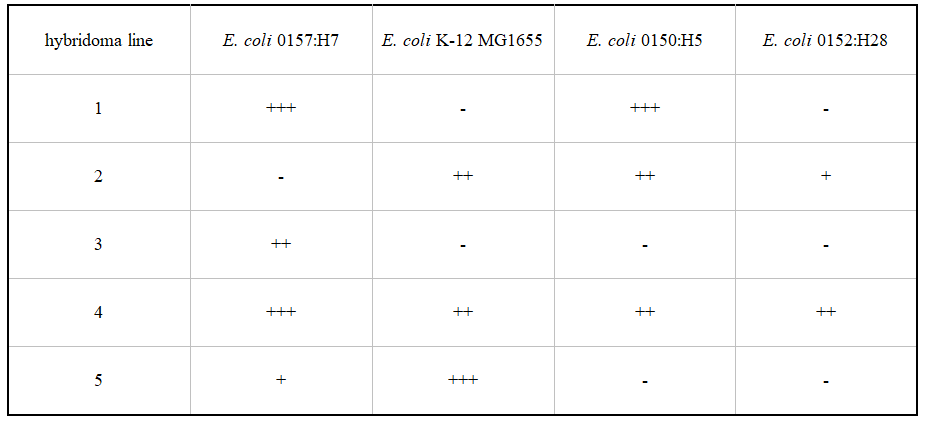What common life characteristic would cells from a daisy, an apple and a dog all have?
A. DNA
B. tissues
C. organs
D. viruses
A
You might also like to view...
In a 32-cell stage tunicate embryo, vegetal marginal cells that lack functional genes for both macho-1 and the FGF receptor would develop as what cell type?
A. mesenchyme B. muscle C. notochord D. nerve cord Clarify Question · What is the key concept addressed by the question? · What type of thinking is required? · What key words does the question contain and what do they mean? Gather Content · What do you already know about FGF induction? Consider Possibilities · Consider the different answer options. Which can you rule out? Choose Answer · Given what you now know, what information and/or problem solving approach is most likely to produce the correct answer? Reflect on Process · Did your problem-solving process lead you to the correct answer? If not, where did the process break down or lead you astray? How can you revise your approach to produce a more desirable result?
Creative destruction refers to the
A) withdrawal of investment from low profit areas and activities for reinvestment in high profit ones. B) conversion and remodeling of old, decaying buildings into modern art facilities. C) artistically destroying and knocking down old buildings and areas for new development. D) removal of materials from old facilities for use in new construction, to maintain links between old and new. E) bulldozing vacant houses in order to create agrarian areas.
When developing a monoclonal antibody-based test kit, great care must be taken to choose an antibody with the right binding properties. Imagine that you are developing a food-testing kit to specifically detect E. coli 0157:H7, a pathogenic serotype of E. coli that causes food poisoning. Choose the hybridoma line best suited for use in your test kit.

A. 1
B. 2
C. 3
D. 4
E. 5
Clarify Question
What is the key concept addressed by the question?
What type of thinking is required?
Gather Content
What do you already know about hybridomas? What other information is related to the question?
Choose Answer
Given what you now know, what information is most likely to produce the correct answer?
Reflect on Process
Did your problem-solving process lead you to the correct answer? If not, where did the process break down or lead you astray? How can you revise your approach to produce a more desirable result?
Researchers have tested Lack's hypothesis on clutch sizes, and the results are shown in the accompanying figure
In this graph, the histogram shows actual clutch sizes over 22 years for the Great Tit (Parus major), whereas the individual data points reflect results of manipulation of clutch size. According to this data, ________. A) Lack's hypothesis is supported B) there is an ideal clutch size in terms of survival; however, this species of bird is not producing as many offspring as could survive, therefore Lack's hypothesis is not supported C) there is an ideal clutch size in terms of survival—which is more than the number of offspring that are being produced; however, the results still support Lack's hypothesis D) there is no apparent ideal clutch size because of discrepancies in these data